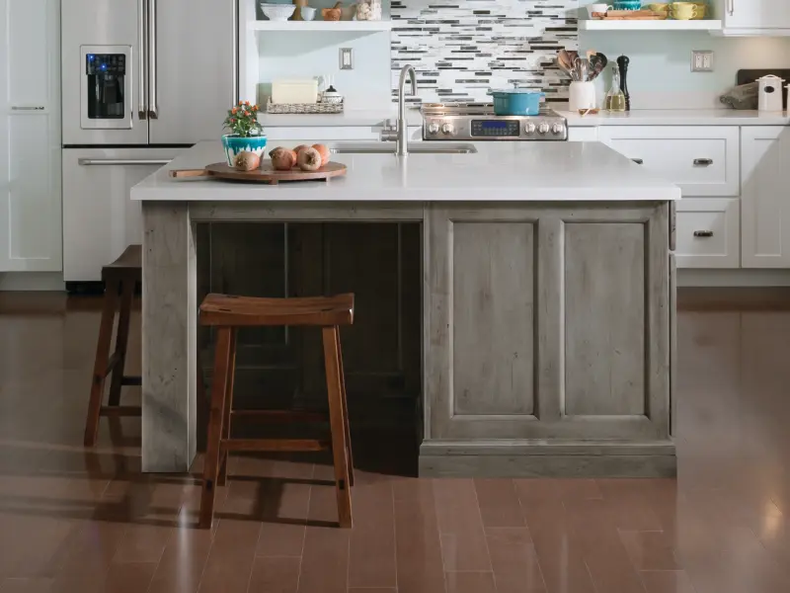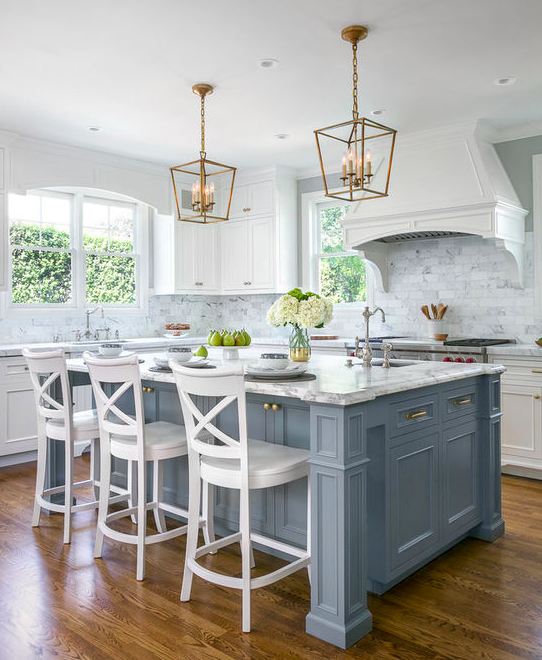Vital Tips for Choosing the Perfect Table for Your Kitchen
Selecting the excellent dining table for your kitchen area is more than just a matter of preference; it necessitates a complete understanding of your space and requirements. The form of the table plays a crucial function; while rectangle-shaped tables suit larger locations, rounded ones foster intimacy, and extendable alternatives provide adaptability. The table should balance with your cooking area's visual appeals and suit your household pleasantly.
Measure Your Area
Choosing the suitable dining table begins with a meticulous evaluation of your readily available room. This fundamental step makes sure that the table not just fits comfortably within the area however additionally complements the general layout and capability of your eating location.
It is important to leave appropriate area for chairs to be drawn out and for people to relocate around the table without blockage. A general guideline of thumb is to allow at the very least 36 inches of clearance from the side of the table to the local wall surface or item of furnishings.
Furthermore, consider the variety of people you normally delight and whether you require extra area for guests. Opting for an extendable table can supply adaptability, permitting you to suit differing varieties of restaurants. By properly determining your room, you lay the groundwork for picking a table that improves both the aesthetics and performance of your eating area.
Pick the Right Forming

On the other hand, round tables are outstanding for smaller sized kitchens or intimate gatherings, as they promote conversation by enabling everyone to deal with each various other. They additionally provide a sense of comfort and can fit well in tighter areas because of their absence of sharp corners. Oblong tables provide the best of both globes, combining the length of rectangular tables with the intimacy of rounded ones, making them versatile for various setups.
Square tables are an additional choice, specifically suited for square-shaped areas. They develop a modern and balanced appearance, promoting an equal dining experience for all seated.
Material Factors To Consider
When choosing an eating table, product considerations are extremely important in determining the table's toughness, maintenance demands, and total aesthetic. Wood is a classic choice, providing timeless charm and effectiveness.
Glass-topped tables provide a contemporary, smooth look and can make a space show up larger due to their openness. Nevertheless, they require regular cleaning to avoid fingerprints and spots. Furthermore, solidified glass is recommended for its additional strength and safety.

Last but not least, composite products like MDF (Medium-Density Fiberboard) or plywood are budget-friendly alternatives. These products can imitate the appearance of solid wood yet may not supply the same long life. They are normally less complicated to clean yet can be prone to water damages otherwise correctly sealed.
Eventually, the selection of material must line up with your cooking area's design, your way of living needs, and your budget plan constraints. (kitchen island legs)
Seats Capability and Convenience
Exactly how do you identify the best seats capacity and comfort for your eating table? This critical action entails evaluating both the physical room offered in your kitchen area and your house's practical requirements. Begin by measuring your kitchen location to make certain the table fits comfortably, enabling at the very least 36 inches site link of clearance around it for simple activity. Take into consideration the variety of people that usually dine together, as this will certainly affect the table size. For a household of four, a rectangle-shaped table of 48 inches long or a round table with a 48-inch size is typically sufficient.
Convenience is equally necessary. The elevation of the table need to ideally be around 30 inches, providing a well balanced ergonomic position for seated diners. Chairs must have a seat elevation of 18 to 20 inches to ensure a comfortable dining position. Furthermore, consider the chair layout; supportive backrests and upholstered seats can improve dining comfort dramatically, particularly throughout prolonged dishes.
Style and Aesthetics
Picking a dining table that matches your style and looks entails stabilizing personal taste with the existing decor of your eating area. The table is commonly the focal point of the kitchen area, and its design must enhance the total motif of the room. Whether your kitchen boasts a modern-day, minimal look or a rustic, farmhouse charm, the table you select should harmonize with these components to develop a natural and welcoming ambience.
Consider products thoroughly; timber offers a classic appeal and can range from rich mahogany for a typical seek to lighter oak for a modern feeling. Metal and glass tables, on the other hand, can introduce a streamlined, commercial edge to your kitchen area. Don't ignore the table's shape-- rectangle-shaped tables are traditional and flexible, while round and oval alternatives can foster a much more intimate dining experience.
In addition, pay close focus to coatings read this post here and information. A troubled surface might add character and heat, whereas a shiny surface can add to a clean, modern visual. Eventually, your dining table should not just healthy perfectly right into your kitchen area's design but website here additionally show your personal design, elevating the space both functionally and aesthetically.
Verdict
In final thought, choosing the perfect eating table for a kitchen area requires careful examination of space, shape, product, seating capability, and visual consistency. Eventually, an appropriate eating table promotes a welcoming atmosphere and accommodates the home pleasantly, hence improving the dining experience.

When picking a dining table, product considerations are critical in determining the table's longevity, maintenance requirements, and general aesthetic. For a family of 4, a rectangular table of 48 inches long or a round table with a 48-inch size is usually sufficient.
Do not overlook the table's shape-- rectangle-shaped tables are traditional and functional, while round and oval alternatives can foster a more intimate dining experience. kitchen island legs.
Comments on “Kitchen Island Legs: Include Capability and Design to Your Room”